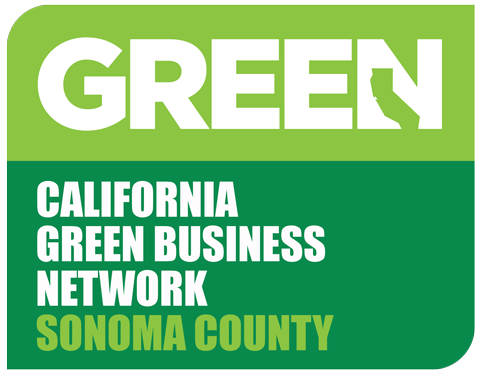
Safeguard Your Finances During the Season of Spending
The holiday season brings joy, generosity—and unfortunately, a surge in fraud. With online shopping at an all-time high and year-end spending in full swing, cybercriminals are more active than ever. For individuals and businesses alike, vigilance is essential to avoid falling victim to scams that can lead to financial loss, reputational damage, and regulatory headaches.
Why Fraud Spikes During the Holidays
- Increased Transaction Volume The sheer number of purchases creates more opportunities for fraudsters to slip through unnoticed.
- Urgency & Distraction Shoppers are rushed, distracted, and less likely to scrutinize suspicious emails or websites.
- Targeted Scams Fraudsters exploit seasonal trends with fake promotions, counterfeit gift cards, and phishing emails disguised as shipping updates or holiday deals.
- AI-Driven Threats Synthetic identity fraud and deepfake scams are on the rise, with criminals using advanced technology to mimic legitimate businesses.
Fraud Prevention Tips for Individuals
- Shop Only on Trusted Sites Stick to well-known retailers and verify URLs before entering payment information.
- Avoid Public Wi-Fi for Transactions Use secure, private networks when shopping or accessing financial accounts.
- Watch for Phishing Emails Be cautious of messages claiming to be from delivery services or retailers. Look for misspellings, urgent language, and suspicious links.
- Monitor Your Accounts Check bank and credit card statements regularly for unauthorized charges. Even a small charge you don’t recognize may indicate a compromised account. Fraudsters will ‘test the waters’ by charging a small amount. If the cardholder doesn’t notice or flag it, the fraudster will try a much larger charge. If you don’t recognize a charge, contact your bank or credit card provider for assistance.
- Use Credit Over Debit Credit cards offer stronger fraud protection and easier dispute resolution.
Fraud Prevention Tips for Businesses
- Train Employees Educate staff on recognizing phishing attempts, fake invoices, and social engineering tactics.
- Secure Your E-commerce Platform Implement multi-factor authentication, real-time fraud detection tools, and SSL encryption.
- Vet Third-Party Vendors Ensure partners follow cybersecurity best practices—63% of breaches are linked to third-party vulnerabilities.
- Patch Software Promptly 82% of breaches involve known vulnerabilities that were left unpatched.
- Prepare an Incident Response Plan Having a plan in place can reduce recovery time and minimize damage if a breach occurs.
Holiday fraud is more than a seasonal nuisance—it’s a serious financial threat. Whether you’re shopping for gifts or closing out your business year, taking proactive steps to secure your data and finances is essential.













